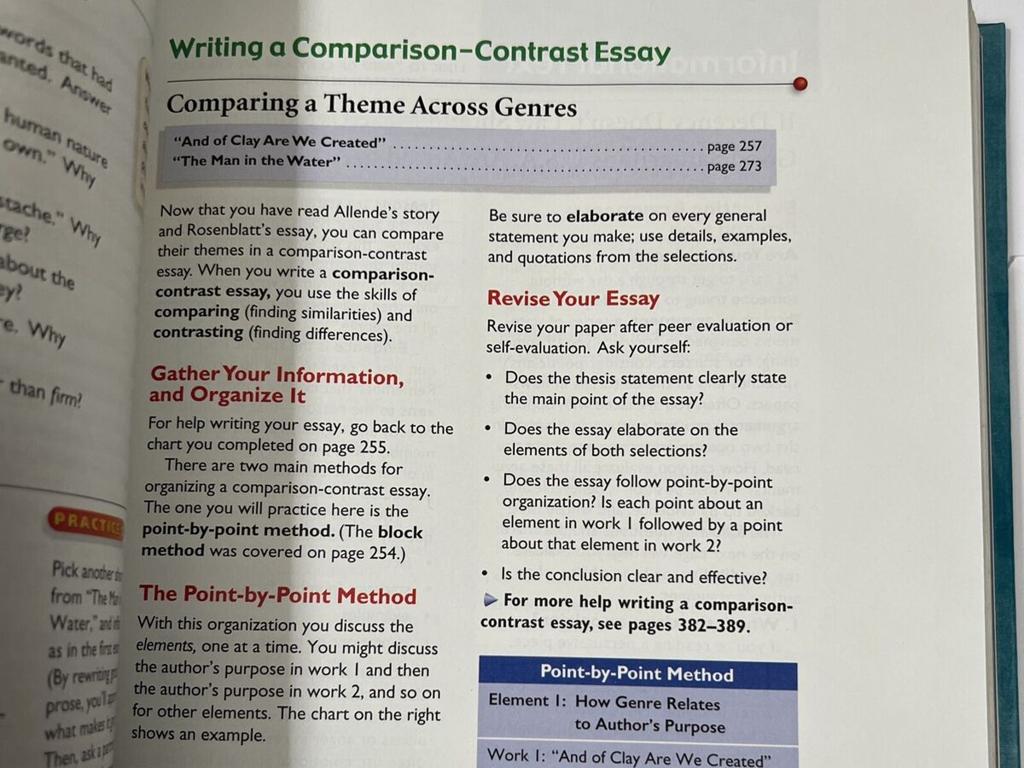Country Profile: China
Subject: Social studies
Grade: Sixth grade
Topic: Asia: Society And Environment
Please LOG IN to download the presentation. Access is available to registered users only.
View More Content
Exploring China: A Country Profile
– Introduction to Asia’s diversity
– Asia is home to various climates and cultures.
– Today’s focus: China
– Learn about China’s geography, history, and society.
– China’s role in Asia
– China is a leader in Asia’s economy and politics.
– China’s global significance
– China influences global trade, technology, and culture.
|
This slide introduces students to the vast and diverse continent of Asia, setting the stage for a focused look at China. Emphasize Asia’s range of environments and cultures to show the context in which China exists. Highlight China’s geography, history, and society to give students a comprehensive view of the country. Discuss China’s pivotal role in Asia’s economy and politics, as well as its growing influence on global affairs, including trade, technology, and cultural exchanges. Encourage students to think about how China’s development affects their own lives and the international community. This will help them appreciate the interconnectedness of the world and the significance of learning about other countries.
Geographical Wonders of China
– China’s location in Asia
– Located in East Asia, China is the 4th largest country in the world.
– Neighboring countries
– It shares borders with 14 countries, including Russia, India, and Vietnam.
– Major Chinese landmarks
– The Great Wall, Forbidden City, and the Terracotta Army are iconic.
– Key physical features
– Features include the Himalayas, Yangtze River, and the Gobi Desert.
|
This slide introduces students to the geographical context of China, emphasizing its position in East Asia and its significant size. Highlight China’s extensive borders with numerous countries, which have influenced its culture and history. Discuss famous landmarks that are of historical and cultural importance, such as the Great Wall and the Forbidden City. Also, touch on the diverse physical geography of China, from the highest point at Mount Everest to the longest river, the Yangtze, and the vast Gobi Desert. Encourage students to explore these features on a map and consider how geography has shaped China’s society and environment.
A Brief History of China
– Ancient Chinese civilizations
– One of the world’s earliest civilizations, with rich culture and inventions.
– Significance of the Great Wall
– Built for protection, symbolizes China’s historical desire for security.
– Overview of Chinese dynasties
– Rulers of China’s past, from the Shang to the Qing dynasty.
– Historical periods and their impact
– From imperial rule to the modern republic, each era shaped China’s society.
|
This slide provides a snapshot of China’s rich historical tapestry, starting with its ancient civilizations known for their contributions to writing, technology, and philosophy. The Great Wall, an iconic symbol of China, represents the lengths to which the Chinese went to protect their lands. Discuss the succession of dynasties that ruled China, highlighting how each contributed to the country’s development. Emphasize the transformation of China through various historical periods, including the shift from imperial dynasties to the modern People’s Republic. Encourage students to explore how these historical elements have influenced China’s current society and environment.
China’s Government and Economy
– China’s political system
– China has a single-party system led by the Communist Party.
– China’s economic influence
– As the world’s second-largest economy, China impacts global markets.
– Technology in China’s economy
– Tech advancements contribute significantly to economic growth.
– Manufacturing’s role
– China is known as the ‘world’s factory’ due to its massive manufacturing sector.
|
This slide aims to give students an overview of China’s political and economic landscape. China’s political system is unique, being a single-party socialist republic. The Communist Party of China plays a central role in governing and decision-making. Economically, China has seen rapid growth and has become a global economic powerhouse, influencing international trade and finance. Technology has been a key driver of China’s economic success, with significant investments in innovation leading to advancements in various sectors. Additionally, China’s manufacturing industry is a cornerstone of its economy, earning it the nickname ‘world’s factory.’ Discuss with students how these factors interplay to make China a major player on the world stage.
Chinese Culture and Society
– Languages in China
– Mandarin is the official language, with various dialects like Cantonese.
– Traditional festivals
– Celebrate Lunar New Year, Mid-Autumn Festival, and Dragon Boat Festival.
– Arts and science contributions
– China’s rich history includes inventions like paper, compass, and gunpowder.
– Technological advancements
– China is a leader in technology, with advancements in AI and high-speed trains.
|
This slide aims to give students a glimpse into the diverse and rich culture of China. Start by discussing the various languages spoken in China, emphasizing Mandarin as the most widely spoken language. Introduce traditional Chinese festivals, which are integral to Chinese culture and society, and explain their significance. Highlight China’s historical contributions to the arts and sciences, such as calligraphy, traditional medicine, and early inventions that have shaped the world. Lastly, discuss China’s role in modern technological advancements, showcasing how the country continues to influence global innovation. Encourage students to explore more about each topic and think about the impact of Chinese culture and technology on the world.
Environmental Challenges in China
– Overview of China’s environment
– Conservation and sustainability
– Efforts like the Green Wall of China combat desertification
– Population effects on nature
– High population density strains resources
– Industrial impacts on ecology
– Heavy industry leads to pollution and habitat loss
|
This slide aims to educate students on the environmental challenges that China faces, including pollution, habitat destruction, and resource depletion. Emphasize the balance China seeks between economic development and environmental conservation. Highlight initiatives like the Green Wall of China, which aims to stop the expansion of the Gobi Desert. Discuss how China’s large population affects the environment through the overuse of natural resources. Finally, explore the environmental cost of China’s industrial activities, such as air and water pollution, and how these affect both local and global ecosystems. Encourage students to think critically about how these issues could be addressed and the role of international cooperation in promoting sustainability.
China’s Global Relationships
– China in international bodies
– Member of UN, WTO, and more
– Trade and diplomatic ties
– Partners with many countries
– Influence on global stage
– A leader in economic, political areas
– Case study: Belt and Road
– Infrastructure projects across Asia, Africa
|
This slide aims to provide an overview of China’s extensive involvement in global relationships. Discuss China’s active participation in international organizations such as the United Nations (UN) and the World Trade Organization (WTO), highlighting its role in shaping international policies. Explore China’s trade and diplomatic relations, emphasizing its partnerships with a diverse range of countries and its status as a major global trader. Delve into China’s growing influence in various global affairs, including economic and political spheres. Use the Belt and Road Initiative as a case study to illustrate China’s strategy for expanding its influence through infrastructure investments across Asia and Africa. Encourage students to think about the implications of these relationships and how they affect the global community.
Class Activity: Exploring China
– Divide into groups for research
– Each group gets a unique topic
– Investigate and prepare a presentation
– Topics: Inventions, Landmarks, Foods, History
– E.g., Papermaking, Great Wall, Dumplings, Ming Dynasty
|
This class activity is designed to engage students with the diverse and rich cultural heritage of China. By working in groups, students will develop teamwork and research skills. Assign each group one of the four topics: Chinese inventions, famous landmarks, traditional foods, or key historical events. Provide resources such as books, documentaries, and internet access for thorough research. Encourage creative presentations with posters, slideshows, or even food samples for the traditional foods topic. Possible activities: one group could build a model of the Great Wall, another could create a timeline of Chinese history, a third could prepare a poster about Chinese cuisine, and a fourth could demonstrate a Chinese invention. This will help students appreciate the contributions of China to world history and culture.






